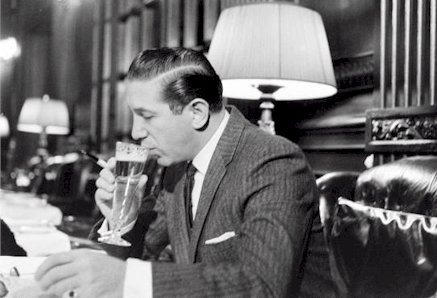Before we start with the technical aspects of how to analyse price movement, I will say what the three types of market analysts are. The first is the most common, i.e. the fundamental analyst. The Fundamentalist analyses the underlying forces that affect the well-being of the economy, industry groups and companies. This guy really wants to nut down into the details of the balance sheet and figure out its going to move the price direction of the share price. Warren Buffet, one of the most successful investors of all time, is a fundamentalist. The next group of analysts are the Technicians. These guys are interested in looking at the current and past behaviour of participants that are buying and selling a security. The goal with technical analysis is to find patterns in price action that are profitable. John Templeton was famous technical analyst, who profited from it massively, and obviously is famous because of it.
The third type of trader/market analyst, and my personal favourite, is the combined fundamentalist/technician; this is the category that I fall under. Why? Because there is no one method that is correct for every situation. It is my firm belief that one needs to look at every method (not only in trading, but for success in life) through a critical lens. For example, during the oil price madness of the mid-1970s, and resulting market downturn, Warren Buffett's Berkshire Hathaway lost 30% of its market capitalisation. Now obviously, he made the money back and more (he's noworth around $50 billion), but the fact is that if had sold out of the market prior to the crash, he might have $80 billion!
A man who used price analysis to sell out of the market around that time was Nicolas Darvas, who was famous for writing the book 'How I made $2 million in the Stock Market'. What Darvas did is that he noticed, after many years of study I might add, that stock prices typically move within (surprisingly) well defined boxes, and that in the interval of forming new boxes, they will move within a certain high and low point. If he was taking a long trade, what he would do is place his stop loss slightly below the top point of the last box. By solely looking at price he figured out that he could actually pick up on insider movement way before the rest of the market picked up on it. By looking solely at price, and only being able to trade long on physical shares at the time, he was able to utilize his stop losses to get out of the market right at the beginning of the mid-70s stock-market crash.
Anyway, learning about how to trade price action is a very complicated area to learn. Even the greatest money managers of all time are still learning how to do it. It is one of those areas of life where the learning really will never stop. Market conditions constantly change, and the optimal way of profiting from those market conditions, and specifically what products to trade, is again a constantly shifting and changing area.
